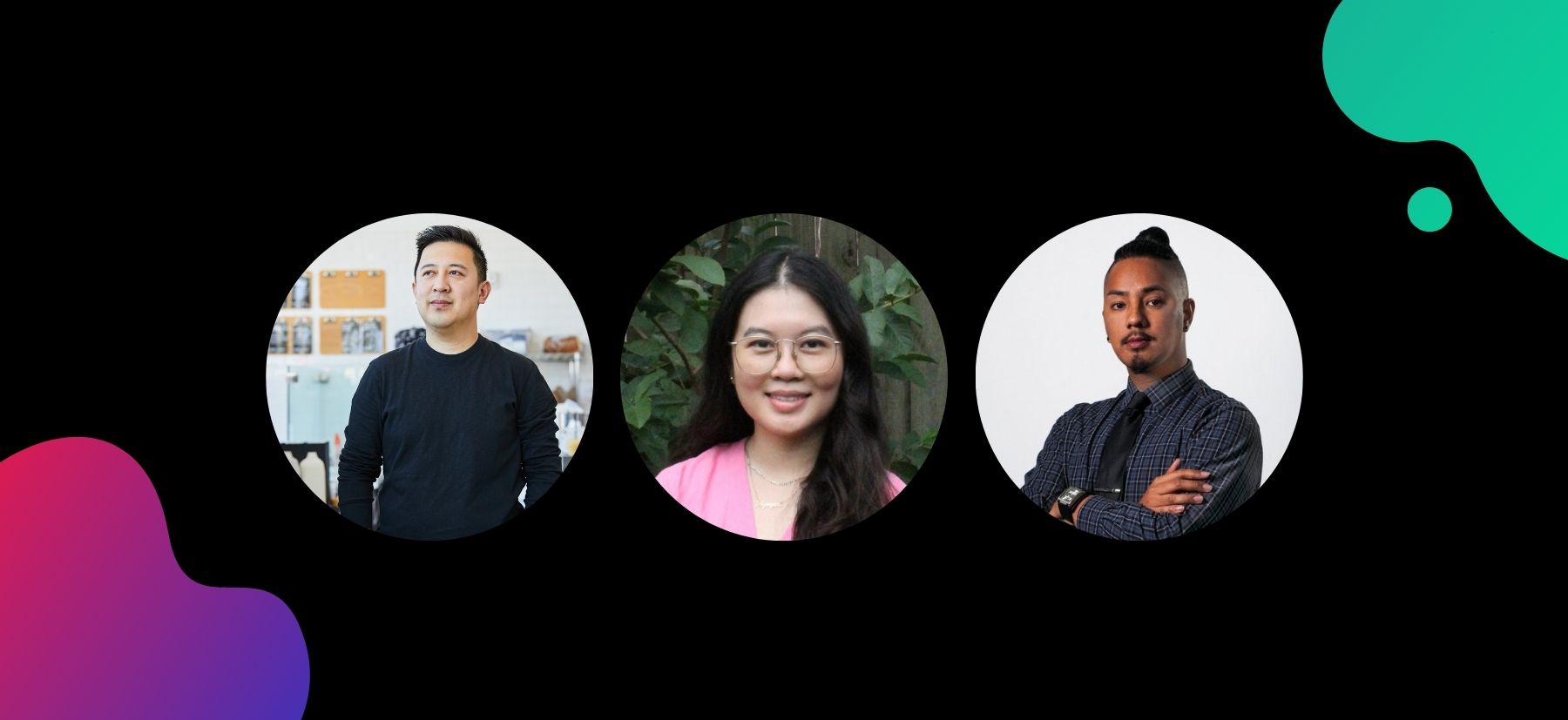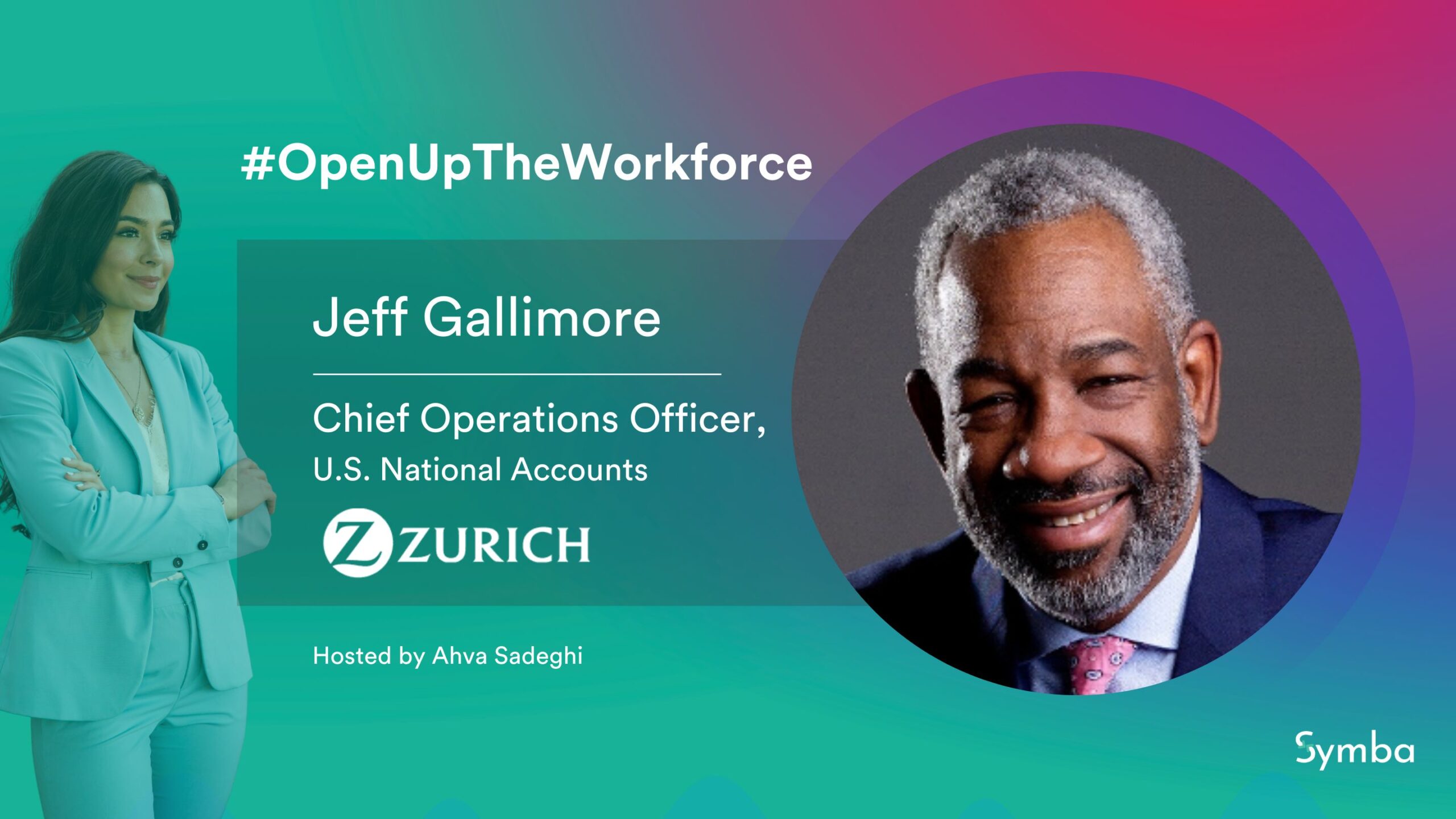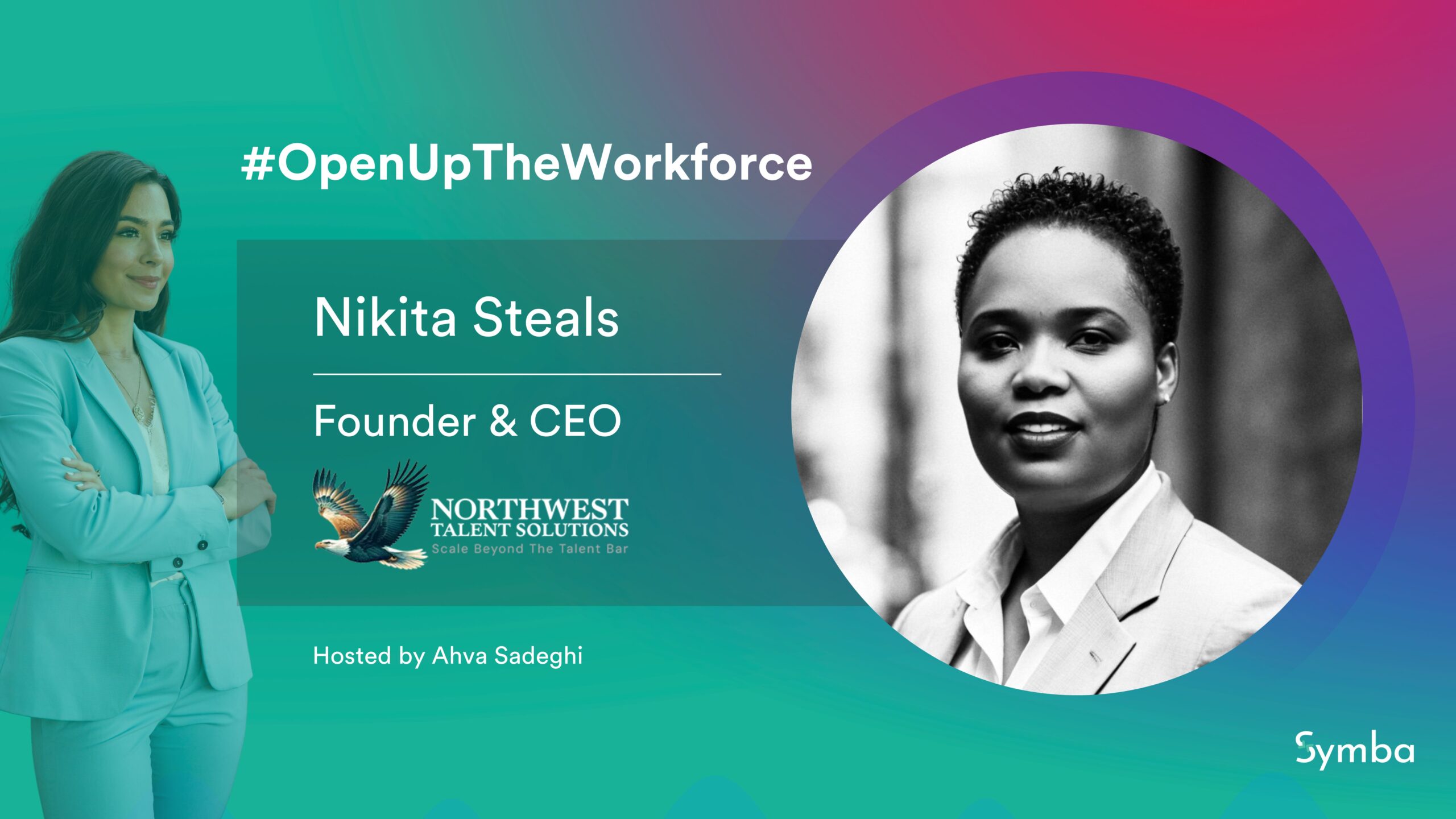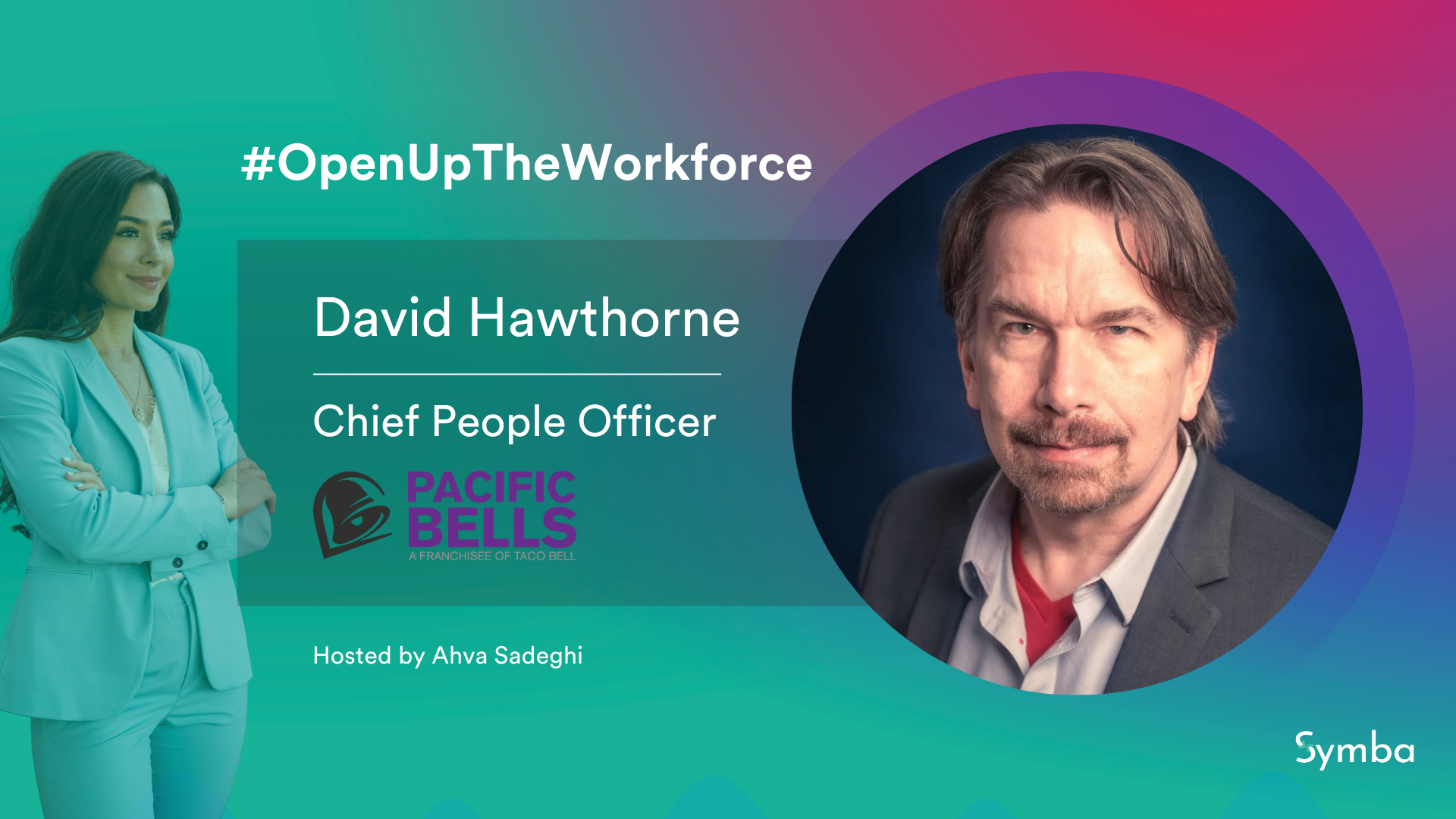Last week, Symba hosted a LinkedIn Live discussion in celebration of Asian and Pacific American Heritage Month (APAHM). The event was moderated by Ellen Zhang, CMO of Symba, and featured Andrew Chau from Boba Guys and Tea People, Thu Nguyen from OCA National, and Alexander Cena from Leadership Education for Asian Pacifics (LEAP). Our panelists gave insights on a range of topics, from improving equity in the workforce to public policy. Here are some key takeaways from the panel discussion on empowering the AAPI community.
Intention Versus Impact
Intention versus impact is an important consideration when thinking about diversity and inclusion and elevating minority voices. As Thu put it, “good intent does not always necessarily create a positive impact.” Andrew echoed this statement. For example, an organization’s good intention to create a diverse and inclusive workplace does not translate into positive impact if it only considers hiring practices but forgets to implement organization-wide inclusivity initiatives.
It is important you ensure that your AAPI coworkers feel empowered in what Thu calls “a brave space.” The process of creating these spaces is not easy nor a quick fix. Alex explains, “allow the process to be messy, everyone is still working on it.” Creating an inclusive space in your workplace will help your AAPI peers and employees feel more comfortable contributing and leading.
Mentorship Matters
Advice and guidance from mentors are critical for talent development. However, many in the AAPI community lack mentors that they can identify with. It’s not enough for organizations to promote their AAPI employees, but they need to have sponsors and mentors who can serve as advocates and examples of what is possible. As Thu says, “There is a need for robust mentoring programs across the board for both youth and working professionals.” It’s powerful to see people in positions of leadership that look like you.
Programs like the ones that LEAP hosts are important for the community as well, especially in situations where there is a lack of representation in the workplace. As Alex mentioned, it can be electrifying for professionals to meet in these programs because they share common experiences and don’t feel alone.
Cultural Impact on Leadership Style
As Andrew explained, “No one could understand our leadership style.” His leadership style as a CEO is in contrast to traditional Western leadership styles, which often focus on individualistic systems and management. In comparison, Andrew detailed that he takes a collectivist approach to motivating his team and leading his business into the future. Neither the individualist or collectivist leadership style is superior, but many in the United States give more prominence to the former and disregard those who practice the latter. As Alex furthers, “our leaders are really well equipped, but they do not believe they are.” We must act to reassure AAPI leaders and affirm their abilities. Recognizing bias in leadership methods and taking steps to include a broader array of management styles will empower the next generation of leaders.
Encourage Employees to Be Their Authentic Selves
Many professionals, especially those in minority groups, feel it is critical to leave their culture and personality behind while in the workplace; however, doing so leads to a loss of identity. It is important to, as Alex says, “come as you are.” If you’re creating a space where your employees cannot express their identities in the workplace, you are not promoting psychological safety.
Self-efficacy was a concept that every panelist touched on, as Thu stated, “you should be bringing your full authentic self into the workplace.” Encourage your employees, especially those in minority groups, to express who they are.
Other Things to Keep in Mind
- The AAPI community is not a monolith, and should not be treated as such.
- Making the workforce more equitable and accessible includes bridging the digital divide. Lack of tech access and digital literacy is a barrier to education and work, and this was especially apparent in the past year.
- Entrepreneurs of color often face “othering” questions due to a lack of familiarity. Organizations, investors, even landlords (for brick and mortar companies) have their own internal biases that impact the overall system of entrepreneurial growth. Before asking a question or making a comment, pause and reflect if this is something you would say to anyone, or if the dialogue is influenced by your unconscious bias.
To view the entire panel discussion video, head over to our LinkedIn Live event page here.
For more information on best practices for workforce development programs and Symba’s program management software, sign up for a demo.





